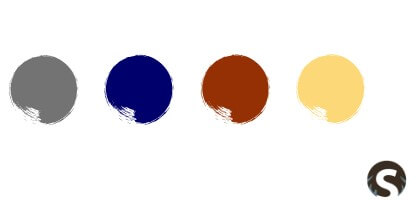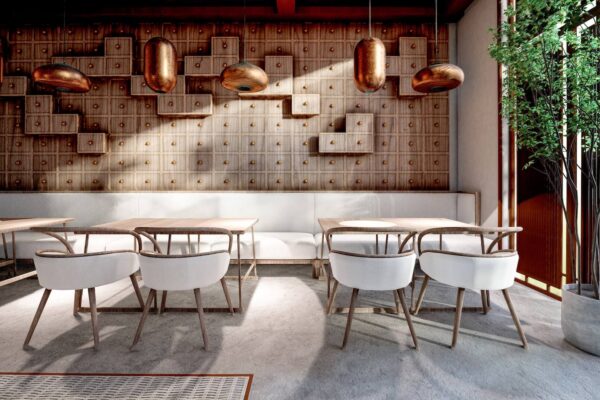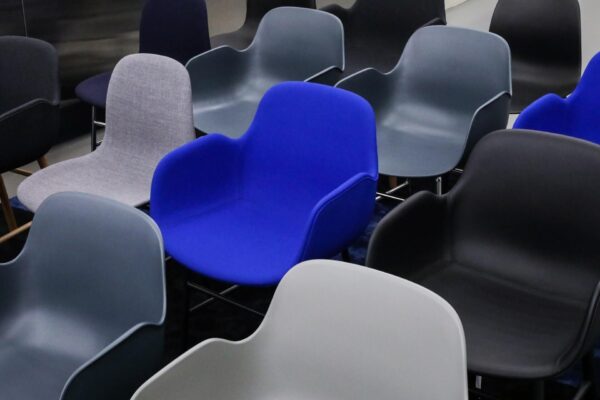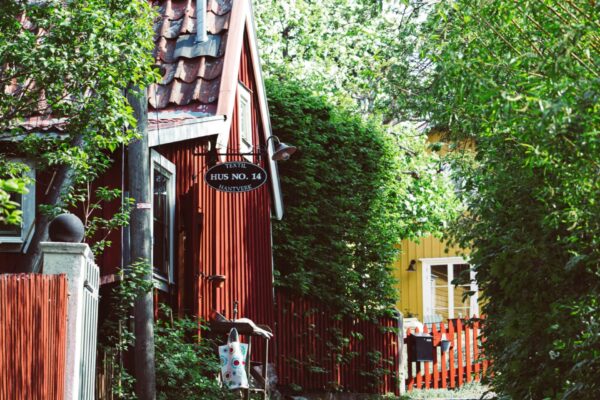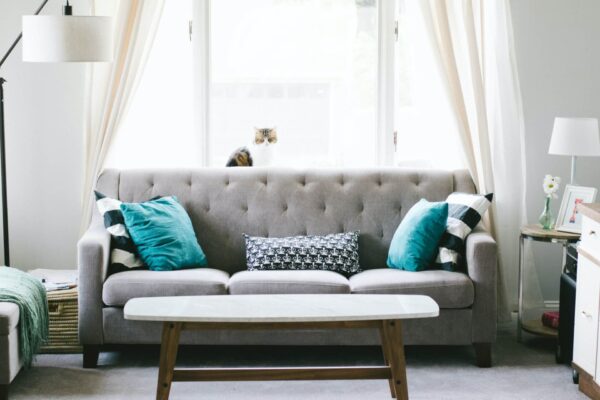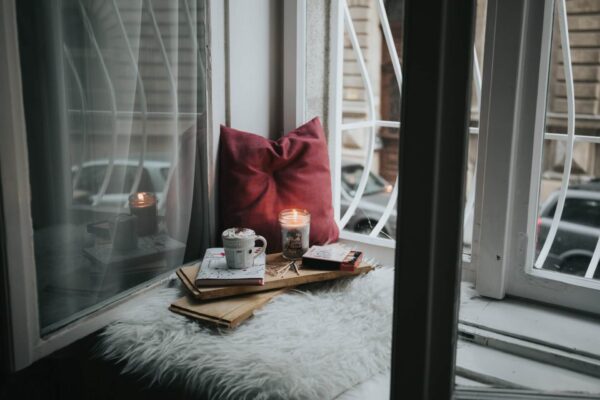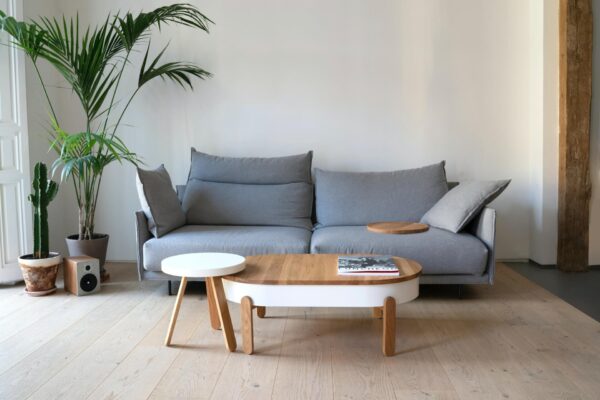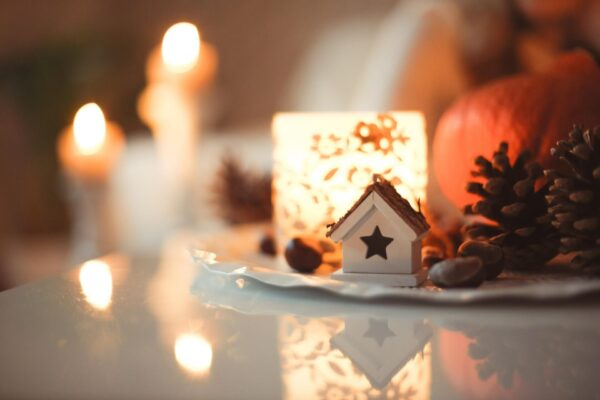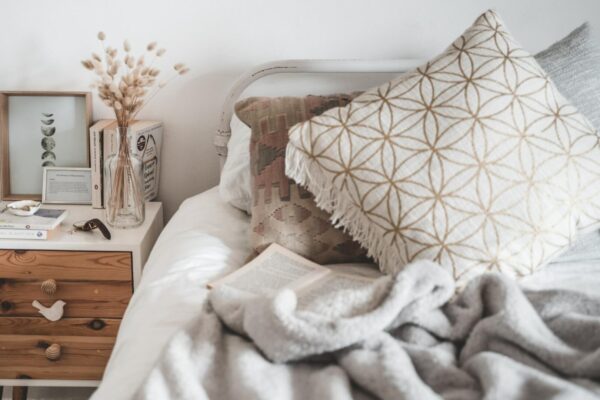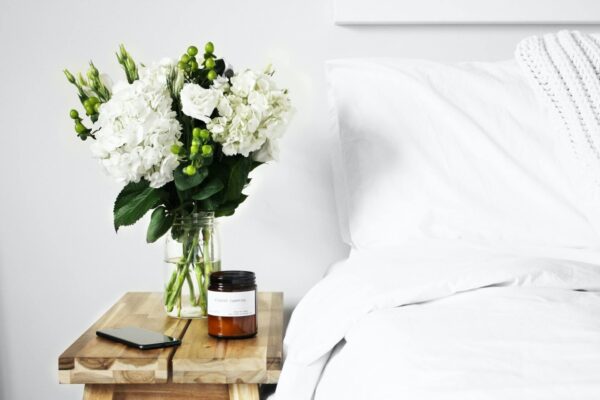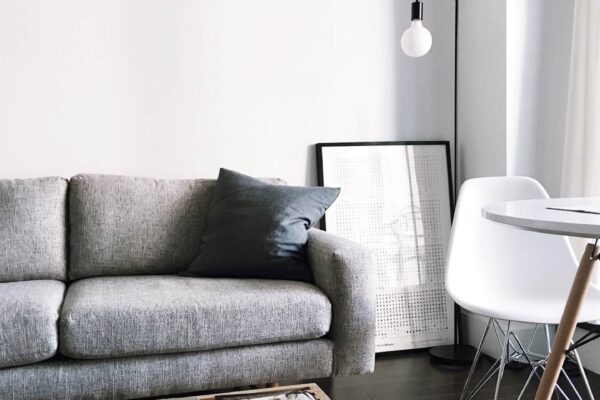Whether fashion or furniture – when it comes to the Scandinavian style, the colour palette plays a major role. Specifically, white and grey are usually recommended in combination with light and muted shades that set accents. However, not everyone can immediately visualise what this means.
What do I need the Scandinavian colour palette for?
If you’re wondering which colours really belong in the Scandi style colour palette, you’ve come to the right place. Below, we’ll show you specifically which basic tones and colour accents are suitable for your Scandi-style interior. You’ll also find typical Scandinavian colour combinations for indoors and outdoors to inspire you.
Of course, there is no universal, standardised Scandinavian colour palette. The colour tones can vary depending on the interpretation and style trends. That’s why we’re presenting selected Scandinavian colours here that are frequently used and fit particularly well. You can use them as a guide if you’re not sure whether the colour you have in mind will fit into your Scandinavian home.
The Scandinavian style of living and its basic colours
The basic colours in the Scandinavian style can be used across the board. They give the room a calm and relaxing atmosphere. You can then build on this foundation with colour accents in matching tones. Geometric or vintage patterns in the Swedish style also add a personal touch to your design.
White
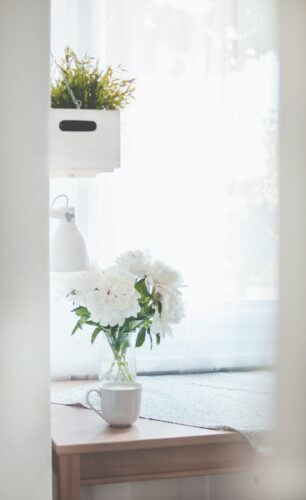
White is not only the most important colour in the Scandinavian country house style, but is also popular in more modern Scandi interiors. As it is neutral and makes the room appear brighter, you can’t go wrong with it if you’re aiming for the Scandinavian interior design style.
The combination with light-coloured wood is particularly popular. It immediately makes the room look cosier and has a certain lightness to it. Plants also come into their own against this backdrop.
However, white can also be used as an accent in the Scandinavian living style, which is particularly common in outdoor areas. The typical Swedish house in blue or red, for example, uses white elements on windows, doors and the roof to create a brighter and friendlier effect.
Grey
Grey is often underestimated as the basic tone of Scandinavian furnishings. Many fear that grey is boring or visually unappealing. However, not all grey is the same. Different shades make a room look different.
Overall, grey can create a very calm, unagitated atmosphere. The combination of light and darker shades of grey helps to ensure that the colour scheme does not appear boring or bland. In combination with white and colour accents from the Scandinavian palette, this results in great Scandinavian rooms. Further, the colour goes well with a modern design.
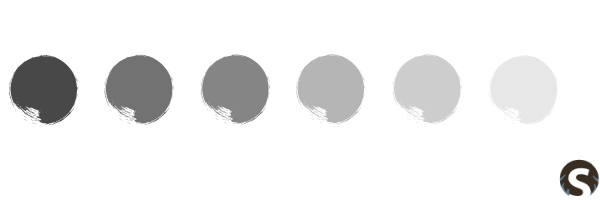
Colourful accents in Scandinavian style
If you want to furnish or decorate in a Scandinavian style, colour accents are definitely recommended. An interior design that focuses predominantly on white and grey may look cosy and relaxed when combined with the right materials, but colour accents add the finishing touch.
Another advantage is that you can give a neutral room an individual touch. Work with colours that you particularly like and you will notice that the splashes are not only eye-catching, but also immediately contribute to your sense of well-being at home.
Colours that are often used for these colour accents are mainly muted and pastel shades. These are usually kept cool. However, you can also use a very dark grey, blue or even black as an eye-catcher.
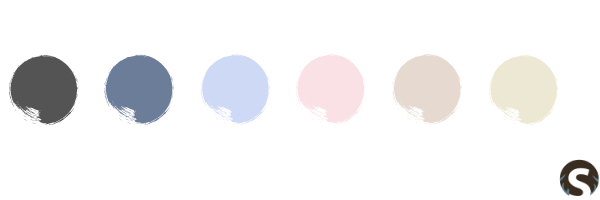
Typical Scandinavian colour combinations
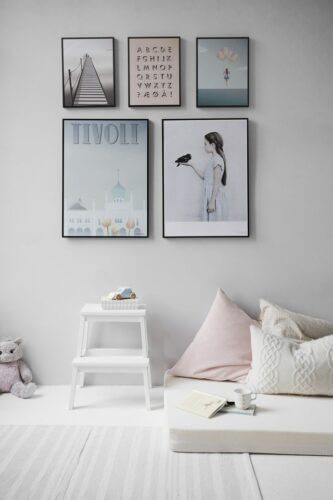
Most Scandinavian colours can be combined. However, the Scandinavian furnishing style still has typical colour combinations. You should make sure that you never choose more than two or three colours as accents.
It’s best to start with white and grey by choosing one of them (or both) as the base colour. Wood with a natural-looking grain is also a good choice. You should also pay attention to the combination of different natural materials.
Add colour accents with two to three of the colours shown above or similar shades. Cushions, curtains, vases and pictures are particularly suitable for this. Lamps, special decorative elements or unusual pieces that you would like to integrate are also good options.
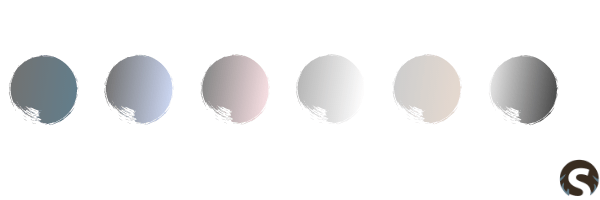
Scandinavian colours for the outdoor area: inspiration for the seating area, garden shed and co.
A Scandinavian seating area or a small Swedish house in the own garden is a popular choice for creating a pleasant atmosphere outdoors. The colours used here differ to some extent from the typical tones used indoors. Strong blue and red tones in particular have established themselves here.
One of the reasons for this is the origin of the typical Nordic country house in what is known as Swedish red. This tradition arose from a particularly copper-rich mine in Falun. The colour produced from the mining products was used to paint the walls of the wooden houses so that they resembled the brick houses of Central Europe. These were seen as a symbol of prosperity.
Moreover, with the often long and dark Nordic winters, it is no wonder that every warm minute is spent outdoors with friends and family. This results in Nordic seating areas made of natural wood that are integrated into the surrounding greenery.
This mixture of wood look, blue and red in combination with the natural colours of the garden and many colourful flowers characterises the outdoor area. The surrounding planting is also part of a Nordic seating area.
